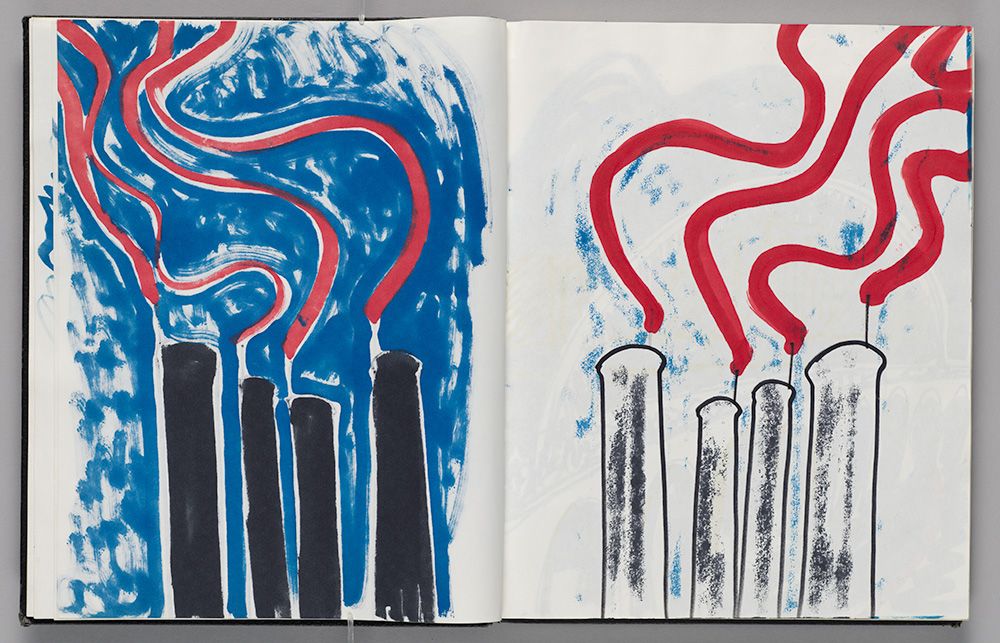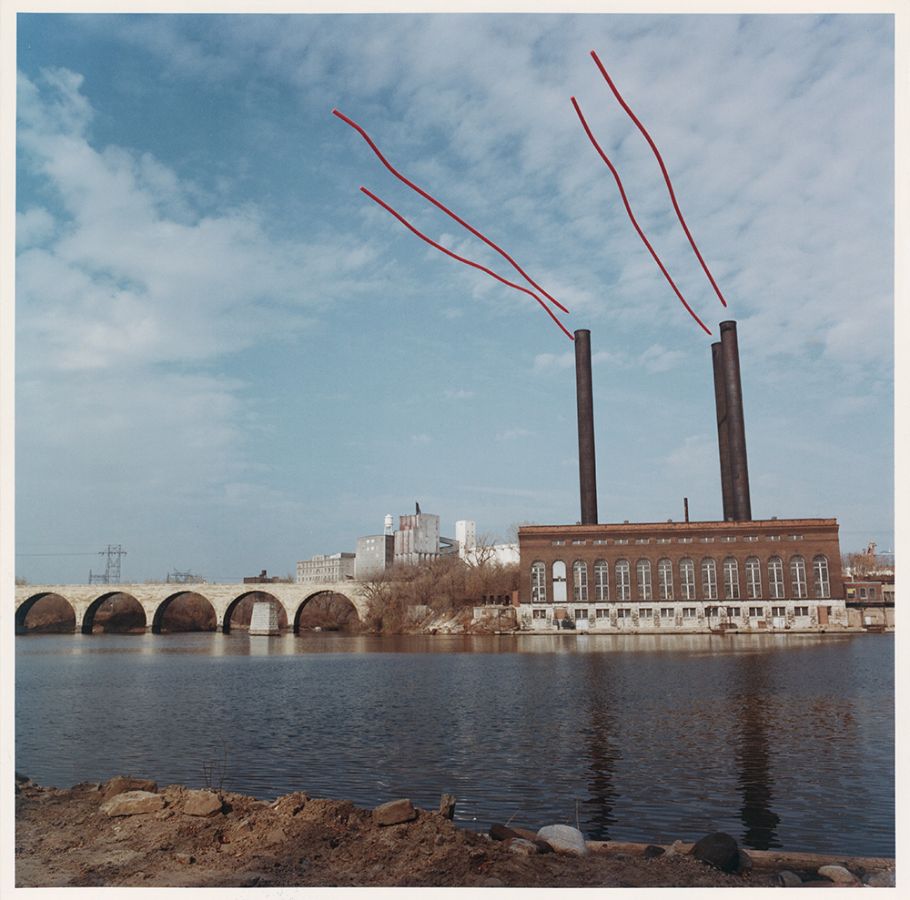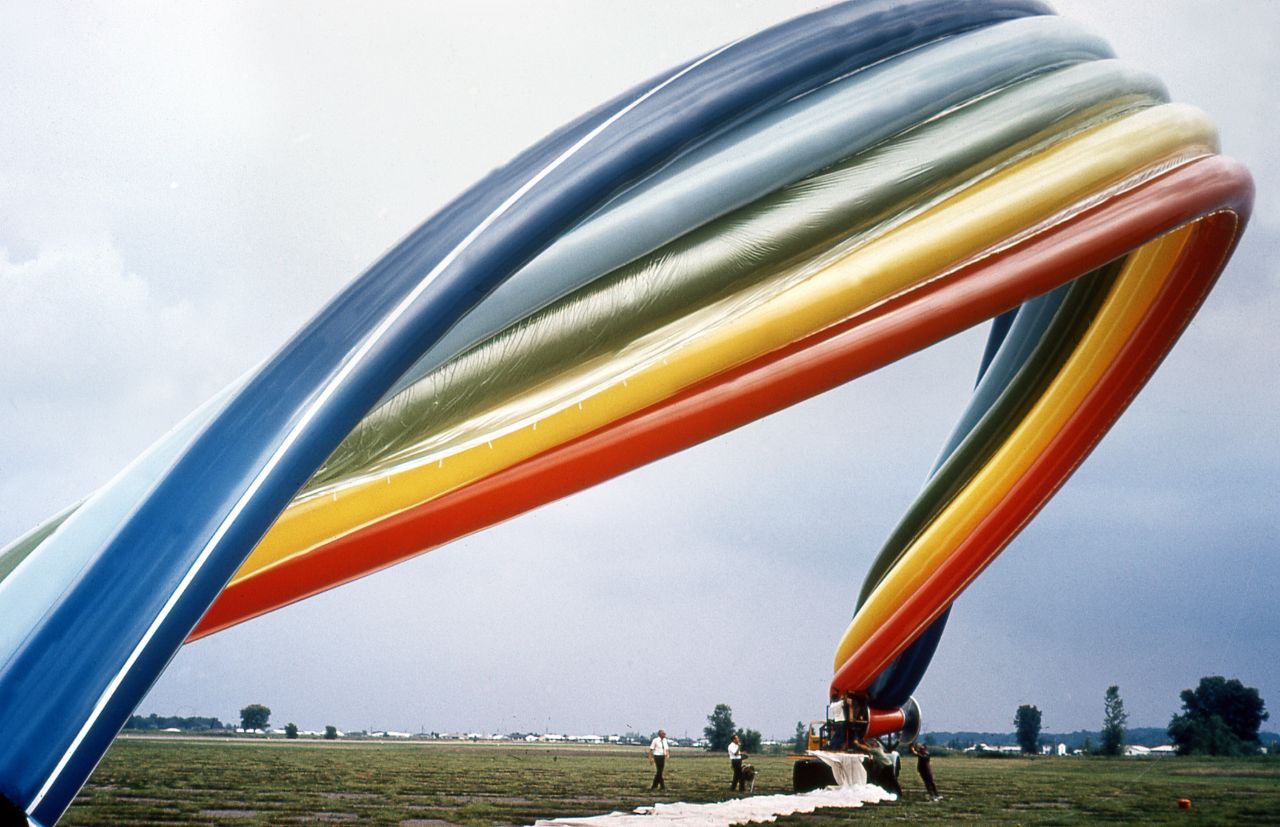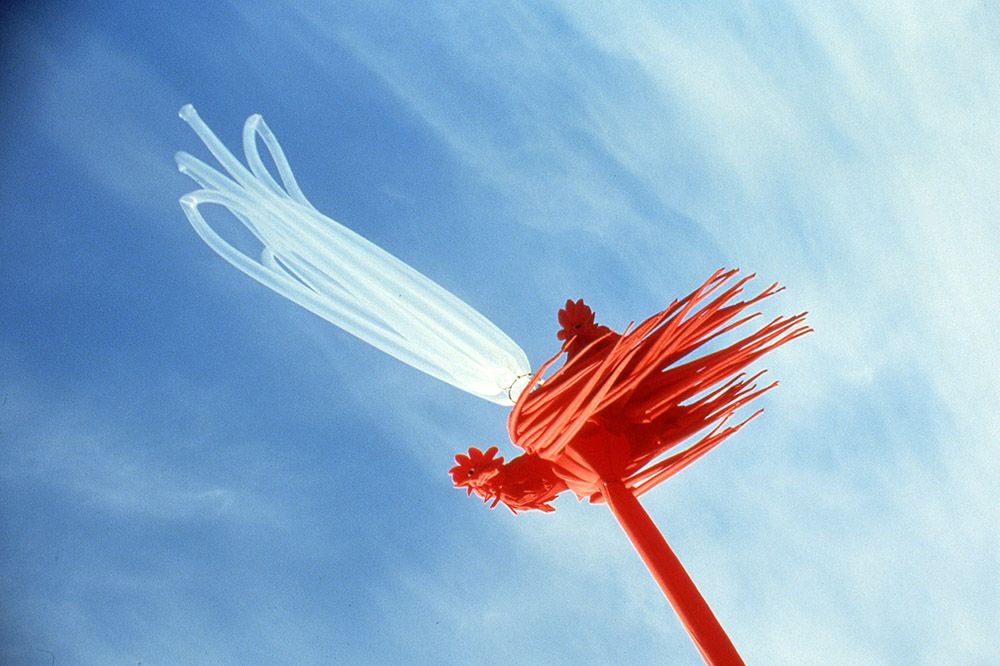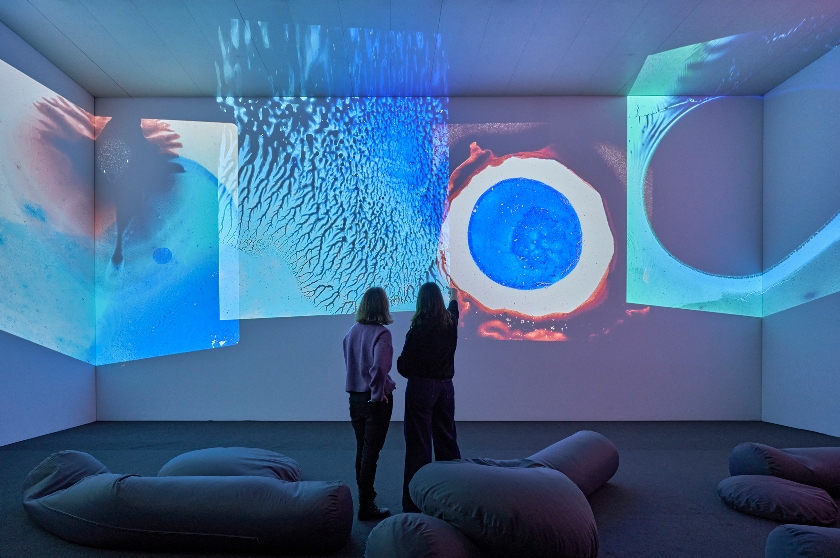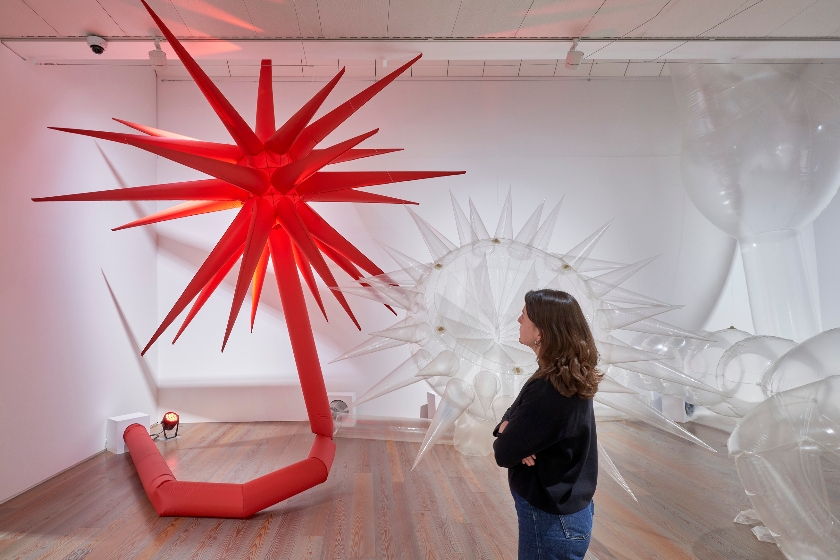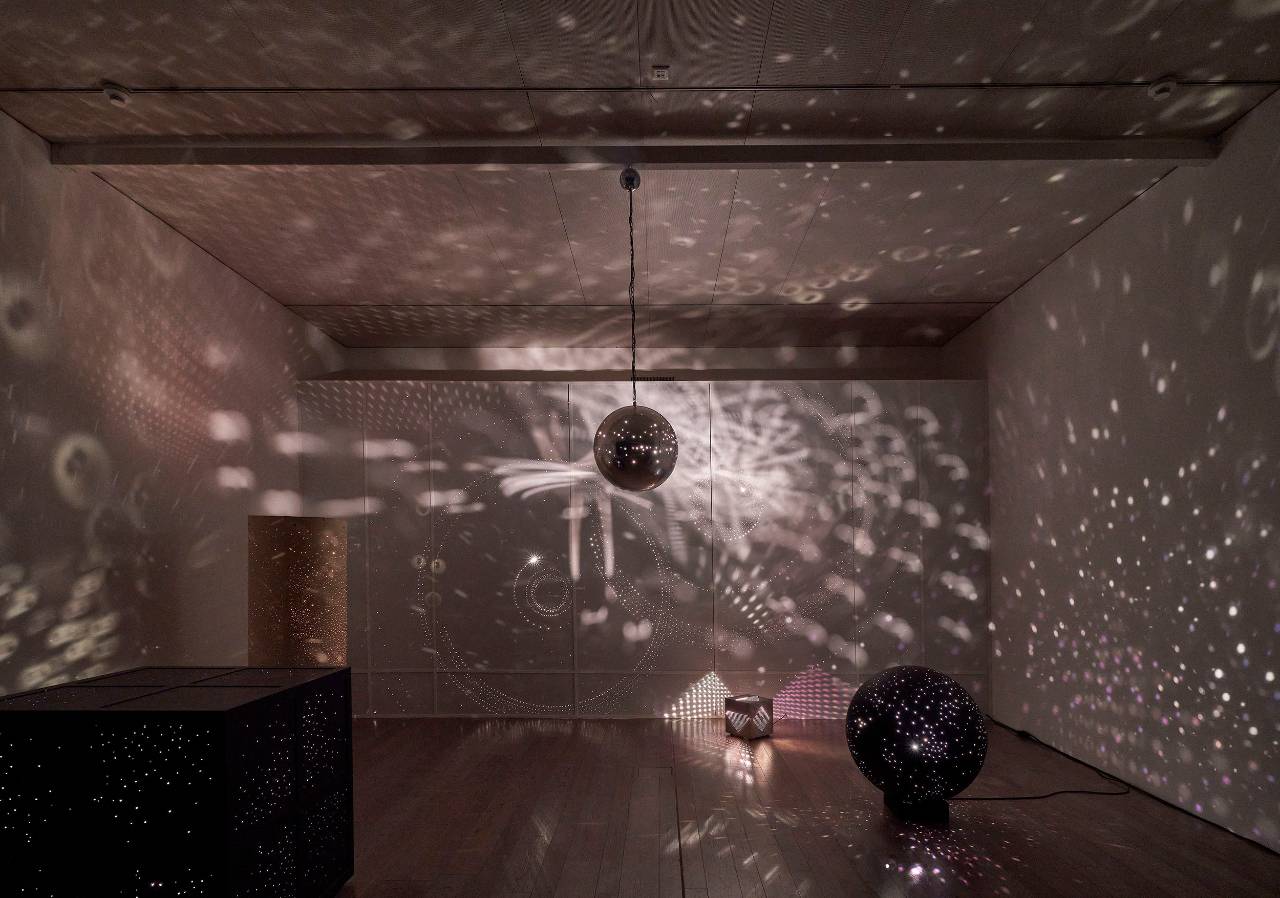Otto Piene
Paths to Paradise
7 February – 12 May 2024
Otto Piene (1928−2014) aimed high with his art: to shape a more harmonious, peaceful, and sustainable world. His expansive view explored new media and projected aesthetic forms and experiences into new spatial realms.
